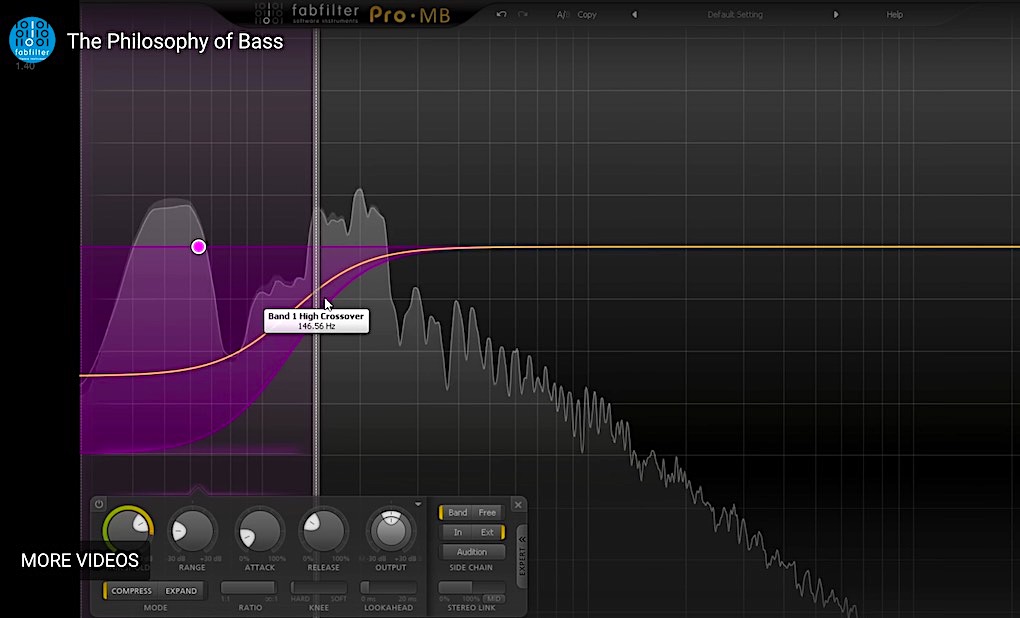- in Production by Bobby Owsinski
How Low End Works In Your Mix
Virtually every mixing engineer has the same problem – how to get the low end of a mix to work. Get it wrong and your mix can seem either weak or too boomy when played on another playback system. Get it wrong and it won’t translate to small speakers or earbuds. Finally figuring this out is a mixer’s right of passage from neophyte to true mixing veteran.

One of the most frequent mixing problems that I run into when I do Song Critiques is how the low end sits in the mix. My advice is almost always the same – there’s too much emphasis on the frequencies below 100Hz, and not enough above 100. Of course, there’s a lot more going on between the kick and bass so that they live together in harmony and make the mix work, but sometimes just this simple suggestion brings about big results.
On that note, Dan Worrall and FabFilter have produced a fantastic video that explains all the problems that you can possibly encounter with low end balance and reproduction, as well as viable solutions. It’s the most comprehensive overview on the subject that I’ve seen, with lots of great tips.
In the video, Dan covers:
- What’s required for good low frequency reproduction (0:30)
- The two types of bass – “body” bass and “brain” bass (7:30)
- Tuning an 808 to the key of the song (16:35)
- Adding harmonics to the bass so it speaks better (17:40)
- Parallel distortion on bass (21:15)
- PA-style low end (23:50)
- Using the high-pass filter on bass (25:15)
- How to use an analyzer to dial in the low end (26:30)
- What happens when you hype the bass (29:25)
The video centers on electronic music, but everything in it applies to any other genre of music equally as well. Yes, it’s kind of long at 32 minutes, but it’s worth watching every second. There are a lot more great videos like this on the FabFilter website worth checking out.

